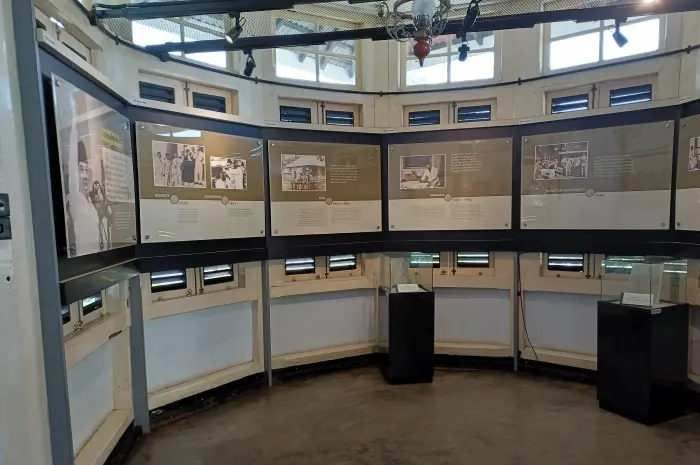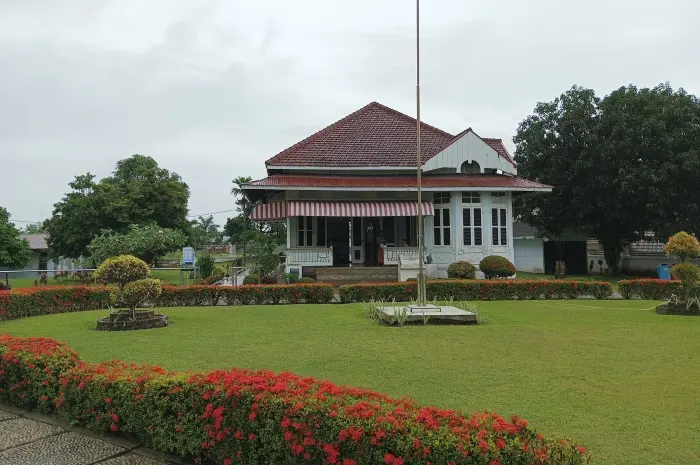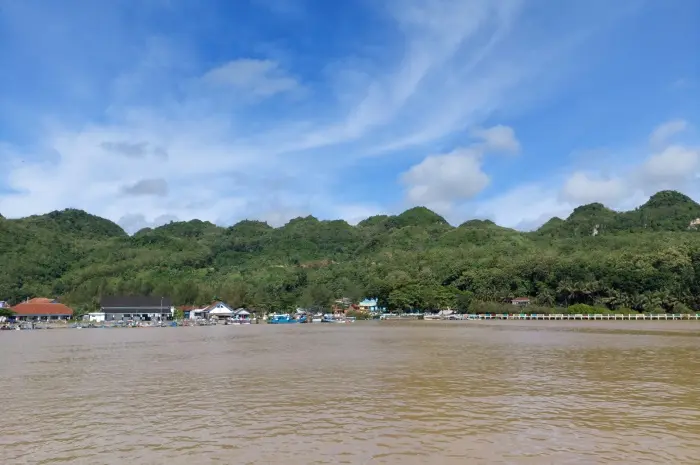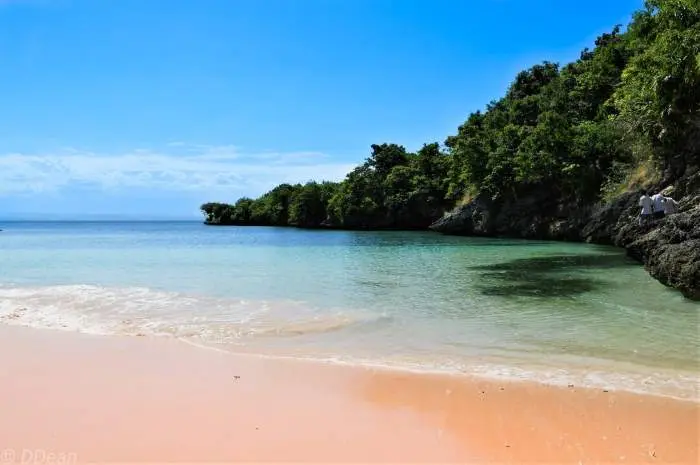Reviewing the former residence of Bung Karno in Bengkulu, it is a historical site that holds the story of the Proclaimer’s struggle.
Bung Karno’s Former Residence in Bengkulu is one of the historical sites that is full of meaning for the journey of the Indonesian nation. This place is a silent witness to the life of one of Indonesia’s great figures, Ir. Soekarno, during his exile in Bengkulu in 1938-1942.
During those times, Bung Karno did not just stay silent, but remained active in the struggle for Indonesian independence. This house holds inspiring stories that remind us of Bung Karno’s fighting spirit in achieving independence.
History of Bung Karno’s residence in Bengkulu
Bung Karno was exiled to Bengkulu by the Dutch colonial government as a form of punishment for his activities that were considered dangerous to colonialism. For those exploring Things to do in Bengkulu, understanding the historical significance of this location is essential.
Bengkulu was chosen because of its remote and isolated location, expected to dampen Bung Karno’s influence among the people. Even so, his fighting spirit remained burning, even in the midst of isolation.
The house located on Jalan Soekarno-Hatta, Bengkulu, is actually a house owned by a Chinese trader named Tjang Tjeng Kwat. However, by the colonial government, this house was lent to Bung Karno and his family during their exile.
Although not a large and magnificent house, this place became an important witness to the development of Bung Karno’s thoughts, including in terms of the struggle for independence and international relations.
Getting to Know Bung Karno’s Life in Bengkulu
During his time in Bengkulu, Bung Karno lived a relatively simple life. The house he lived in was far from luxurious, with a building dominated by wood, typical of colonial houses of that era.
Despite living in limitations, Bung Karno never stopped interacting with the surrounding community. He was known to actively communicate with community leaders, youth, and even played a role in developing various local movement organizations.
One of Bung Karno’s important roles while in Bengkulu was to become a mentor in the Muhammadiyah Association. This is where he met Fatmawati, who would later become his wife and the first lady of Indonesia.
This meeting added color to the story of Bung Karno’s life in Bengkulu, where romance and struggle were united in the spirit of nationalism.
Historical and Architectural Value
Bung Karno’s house in Bengkulu has a high historical value. The simple but sturdy building structure reflects Bung Karno’s simple but principled life.
This house consists of several rooms, including a living room, bedroom, and a small study where Bung Karno often wrote and thought about the future of the Indonesian nation.
One of the interesting things about this house is the relics that are still well maintained. There is a writing desk, a bed, and several important photos and documents that describe Bung Karno’s time in Bengkulu.
All of these items provide a real picture of Bung Karno’s daily life, and how he continued to struggle even in exile.
In terms of architecture, this house still maintains its original form. With a colonial-style stilt house design, this house stands strong even though decades have passed.
The local government has designated this house as a protected cultural heritage site, ensuring that this historical heritage is preserved for future generations.
Historical Tourism Destinations in Bengkulu

Currently, Bung Karno’s Former Residence in Bengkulu is one of the most visited historical tourist destinations. Not only local tourists, but also foreign tourists are interested in seeing the traces of Bung Karno’s struggle directly.
Here, visitors can feel the atmosphere of the past, see Bung Karno’s relics directly, and understand more deeply about the life of the proclaimer during his exile.
The house is open to the public every day, and is usually crowded with students who come to learn history. In addition, educational activities such as historical tours, exhibitions of important documents, and discussions involving historians and cultural figures are often held.
All of this aims to maintain the spirit of nationalism and strengthen the sense of love for the homeland, especially for the younger generation.
Bung Karno and Fatmawati, a Love Story Hidden in Bengkulu
One of the most memorable stories from Bung Karno’s time in Bengkulu was his meeting with Fatmawati. At that time, Fatmawati was still a teenager and was the daughter of a local Muhammadiyah figure.
Bung Karno, who was the mentor of Muhammadiyah, often interacted with Fatmawati’s family, until finally the seeds of love grew between them.
The love story of Bung Karno and Fatmawati is not only part of the personal history of the proclaimer, but also a sweet story that adds to the appeal of this residence. Fatmawati, who was simple, intelligent, and had a nationalistic spirit, strongly supported Bung Karno’s struggle.
The two were married in 1943, and from this marriage were born important Indonesian figures, including Megawati Soekarnoputri who would later become President of Indonesia.
The Important Role of This House in the History of Independence
Bung Karno’s house in Bengkulu was not just a place to live, but also a center for thoughts and strategies of struggle.
While in this house, Bung Karno continued to correspond with his comrades outside Bengkulu, even designing strategies to prepare for Indonesian independence.
Bung Karno’s visionary thoughts lived on in this house, even though he was under the strict supervision of the colonial government.
This house is also the place where Bung Karno wrote some of his important speeches that inspired many people to continue fighting.
No wonder this house is considered as one of the living monuments that remind us of the relentless struggle of Bung Karno and the generation of national heroes.
Efforts to Preserve Historical Heritage
Preserving Bung Karno’s Former Residence in Bengkulu is an important effort in preserving the nation’s historical heritage. This house is not only a symbol of the past, but also a reminder to all of us about the undying fighting spirit.
The government, community, and young generation in Bengkulu have a great responsibility to ensure that this historical site remains well-maintained.
These preservation efforts include regular building maintenance, educational activities, and wider promotion of historical tourism. Thus, it is hoped that this house will continue to be an inspiration for all who visit it.
Bung Karno’s Former Residence in Bengkulu is a priceless heritage that holds many stories and values of struggle. As one of the notable Tourist Attractions in Lampung, this site teaches us about simplicity, steadfastness, and the spirit to continue fighting for independence and justice.
Visiting this house is not only about remembering the past but also understanding how the past shaped the present and future of Indonesia.







